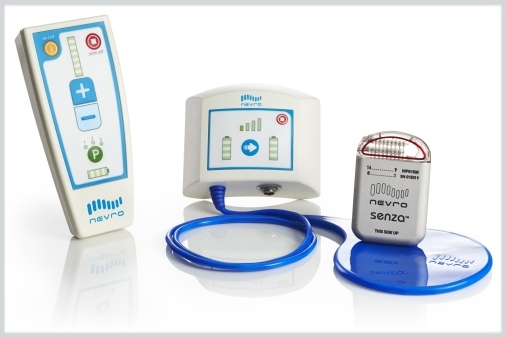During the COVID-19 pandemic, uptake of an online chronic pain management program substantially increased and had a similar program adherence and effectiveness as before the pandemic. These findings, reported by a retrospective observational cohort study, were published in Pain Medicine.
Data was sourced for this study from the THIS WAY UP, a not-for-profit digital clinical service which provides evidence-based psychoeducation for patients with mental health conditions and chronic pain. The ‘Reboot Online’ is a multidisciplinary program available to patients when prescribed by clinicians to manage chronic pain. It was available to Australian residents with a subsidized voucher. Course registrations, completions, and pain-related measures prior to the COVID-19 pandemic (April 2017-March 2020; n=1138) were compared with during the pandemic (March 2020-2021; n=1447).
The prepandemic and pandemic cohorts comprised participants aged mean 51.0±14.1 and 47.2±14.5 years (P <.001), 64.4% and 67.7% were women (P <.001), and 34.8% and 51.6% lived in a major city (P <.001), respectively. In general, during the COVID-19 pandemic, more participants were of higher Index of Relative Socio-economic Advantage and Disadvantage (ISRAD) decile (P <.001).
A sharp increase in monthly registrations from 31.7 to 122.6 was observed in April 2020 (287% increase; P <.001) and monthly commencements increased from 23.3 to 954 (309% increase; P <.001). Peak uptake was observed in April-June of 2020, in which there was a 508% increase in registrations and 555% increase in commencements.
After registration, 70.8% of the prepandemic and 73.1% of the pandemic registrants completed lesson 1 and 32.8% and 30.3% completed the final less number 8, respectively. The proportion of registrants who completed the course was 43.8% before the pandemic and 39.1% during the pandemic.
Compared between groups, the efficacy of the program was similar according to the Kessler Psychological Distress Scale (P =.45), Patient Health Questionnaire-9 (P =.64), Brief Pain Inventory-severity (P =.31), Brief Pain Inventory-interference (P =.38), Pain Self Efficacy Questionnaire (P =.53), Pain Disability Index (P =.55), and Tampa Scale of Kinesiophobia (P =.30) instruments.
This study may have been limited by not including a control cohort.
These data indicated that uptake of an online chronic pain management program was significantly increased during the COVID-19 pandemic and that the program had similar completion and efficacy as prior to the pandemic, indicating that the program could be effectively scaled, despite differences in participant demographics.
Reference
Shiner CT, Gardner T, Haskelberg H, et al. The uptake and effectiveness of a multidisciplinary online program for managing chronic pain before and during the COVID-19 pandemic.Pain Med. 2022;pnac049. doi:10.1093/pm/pnac049






